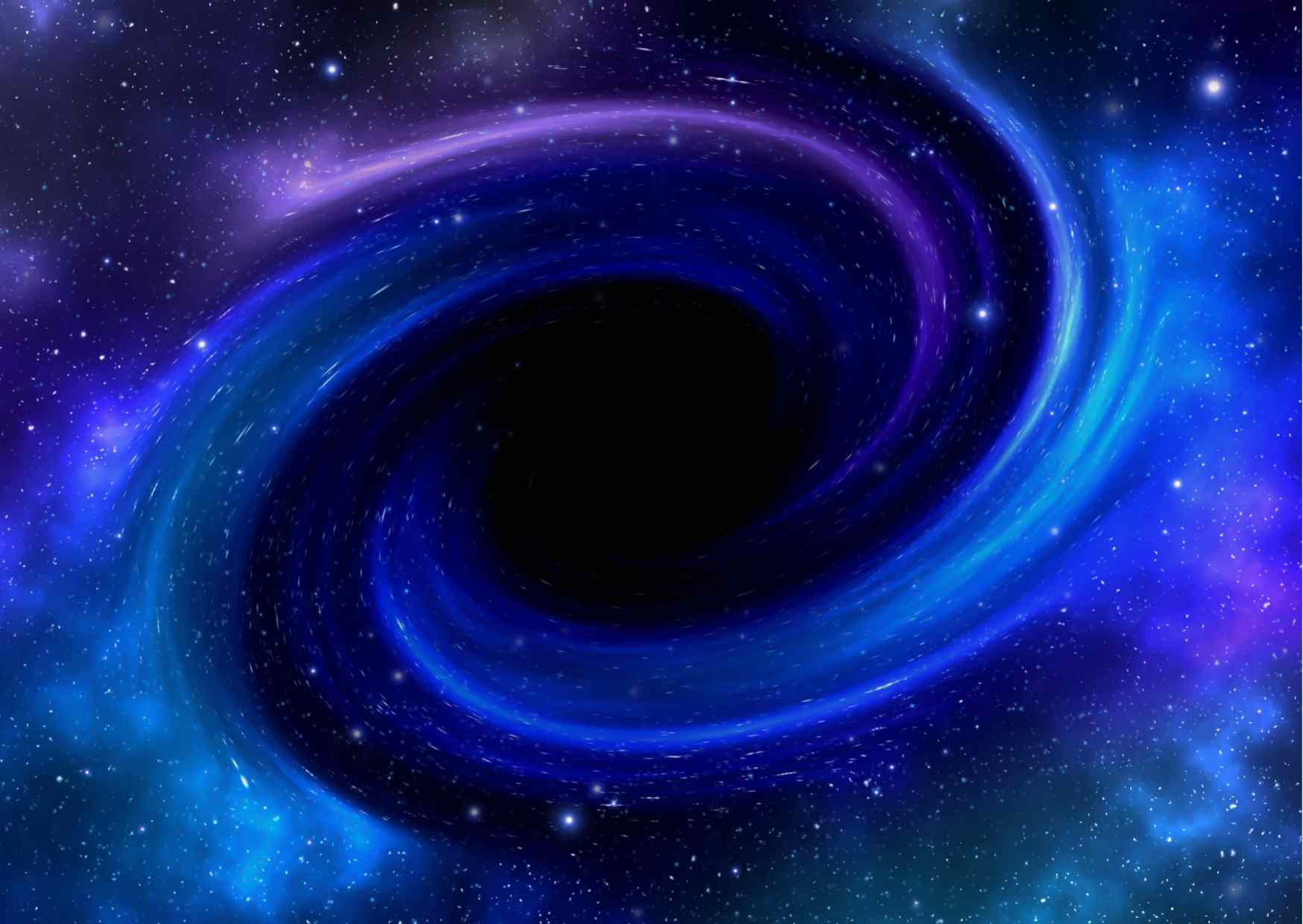Since their discoveries, black holes have been the greatest source of interest for scientists. Every now and then, a new study comes up which finds out something new about these strange creatures and help us to know more about them. Accompanying this information, arrive more questions. Scientists get forward to answer them and we get to know more about them! That’s how science works! You argue your research, you find out something and you again answer questions!
In this article, we are going to address some of the Scientists recent study on black hole, What did they find that reveal more information about black holes.
1. For the first time, space telescopes spotlight echoes from behind a black hole.
Scientists have for the first time seen light from behind a black hole. A new study in California using space telescopes observed light from behind the black hole. The black hole is nearly 10 million times massive than our Sun and is approximately 800 million light-years away.
Why is this special?
- As usual, the study was started with an aim to learn more black holes. Scientists aimed at knowing more of black hole coronas, the sources of X-ray light which are radiated from close-by of black holes.
- The team used European Space Agency’s XMM- Newton and NASA’s NuSTAR space telescopes. The team saw some interesting results.
- They spotted an X-ray flare in the galaxy which was so bright that some of the light reflected on the gas falling into the black hole.
- When this light bent around the black hole, scientists captured it using telescopes. This was the first time something like this had happened.
- They also spotted a change of colour in the light as it bent. Now the team aims to propose a 3D map of the black hole and its surroundings. They want to show the corona of a black hole is producing X-ray flares.
2. Rogue Black holes could be located at the edges of the Milky Way
Recent simulations about Black holes suggest that at the edge of the Milky Way, there could be supermassive rogue black holes. Research says that these wandering black holes may account for as much as 10% of the universe’s black hole mass.
What do researchers mean by this finding?
- Researchers say that since the number of black holes increases the more mass there is in the outer region of material surrounding galaxies, they could have even more of these wanderers.
- They expect thousands of black holes in galaxy halos. They think that generally, most galaxies form around supermassive black holes. These creatures act as the anchors of gas, dust, stars and planets and thus galaxies revolve around them.
- As the universe grew older, many loose black holes merged and were recaptured by other massive black holes forming binary systems, according to the simulations.
- As a result, Milky Way is supposed to have an average of 12 supermassive black holes, which are essentially far away from the centre of the galaxy.
3. Supermassive black holes could possibly host swirling
What is the study based on?
A new study by astrophysicists in which they employed simulations to model the surroundings of supermassive black holes. They found out the possibility of giant swirling gas tsunamis structures forming near these black holes. They were swirling walls of gas that have escaped the gravitational pull of the black hole.
They ponder that these supermassive black holes could have these large tsunami-like structure, the largest in the universe. They took a close look at the environment around them and radiations and gases interact there. These black holes have large disks of gases that swirl around them. These systems shoot out jets of materials, mainly X-ray light which pushes winds that stream out of the centre of the system.
What else have they found?
- In the simulations, the researchers depicted how these radiations seep into a pocket of hot gas in the atmosphere of disks.
- The hot plasma expands into nearby, the gas which is cooler at the edges giving rise to the widely known tsunami-like structures.
- The research somehow goes in contradiction to previous theories which say that clouds of hot gas in the vicinity of the galactic nucleus form spontaneously because of instability.
- It also contradicts the fact that magnetic fields are required for the movement of cooler gas from a disk around a black hole.
- While there is no practical explanation for this work, the researchers hope to support their work with further researches and findings. NASA says that observations of plasma near active galactic nuclei from space telescopes are also supportive of this study.
Must Read For More information
| Everything you need to know about black holes |
| What was Stephen Hawking’s theory of Black holes? |
| What happens when a neutron star collides with a black hole? |
| Complete information on unicorn Black hole |
Conclusion
Since black holes are of great interest to scientists and researchers all over the world, new researches keep coming along. Now recently, studies reveal that these black holes could be host to tsunami-like structures and there could be massive black holes at the edge of the Milky Way. Isn’t this so intriguing that such is the enormity of these celestial bodies that no amount of studies are enough to explain them!
